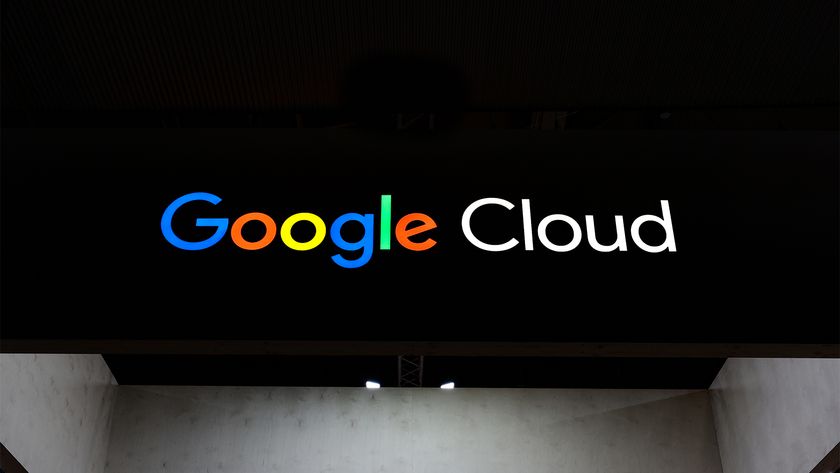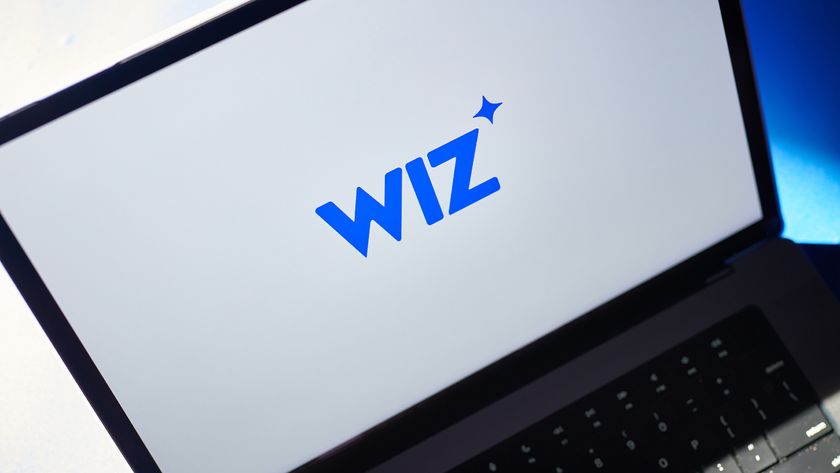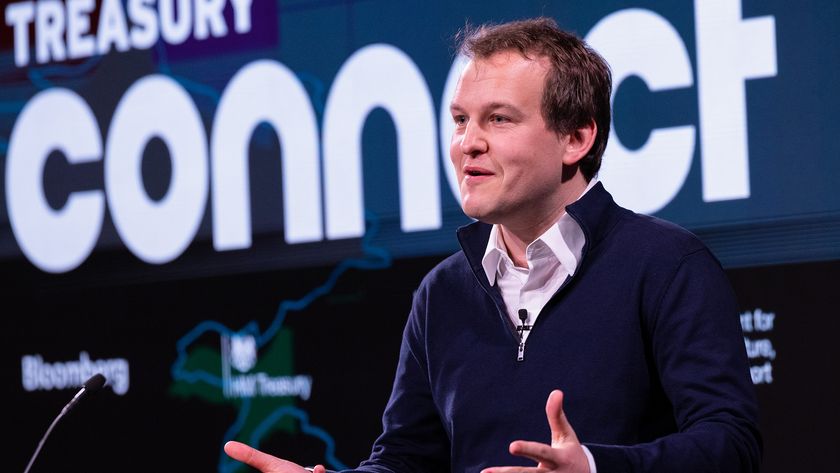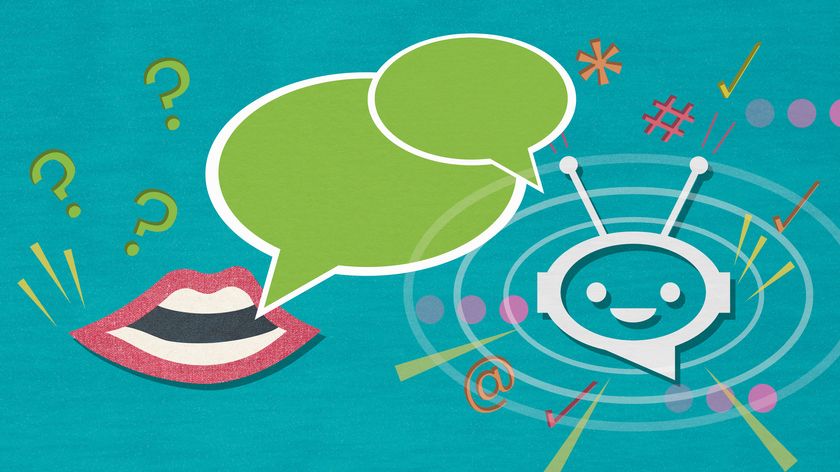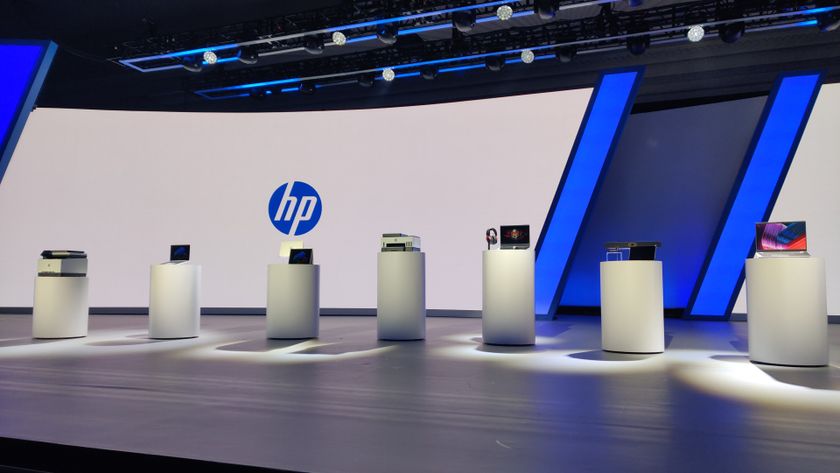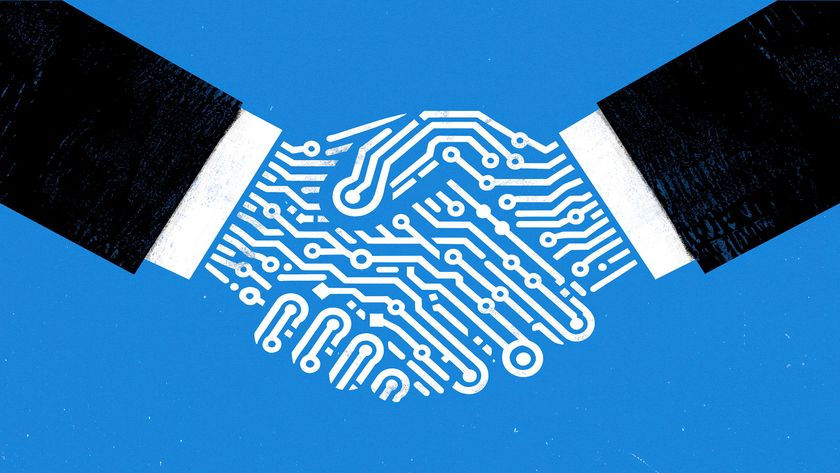Apple not to blame for leaked pics; keep the cloud out of it
There were plenty of commentators lining up to blame the cloud for celebrity embarrassment, but the finger pointing needs to stop

Cloud doesn’t impinge on public consciousness too often, but - when it does - it’s often an excuse for a barrage of misinformation, confusion and idiocy.
The reported appearance of nude pictures of Jennifer Lawrence and various other celebrities (using the term loosely) online has sent commentators into a frenzy of finger pointing at iCloud, and cloud more generally, with the the national press, in particular, having a field day with the news.
This is an odd phenomenon. It seems there are ranks of commentators just itching to stick the boot into anything closely resembling a cloud service. I’m irresistibly drawn to the vision of Senna, the hapless soothsayer from the TV series Up Pompeii, perennially predicting disaster and woe.
But what makes this particular blamefest more bizarre is that it’s not even clear whether there’s been a hack or not. We do know that a certain number of photos have found themselves in the public domain, but it’s also apparent that at least some of them are fakes. But this uncertainty hasn’t stopped all the speculation about cloud security, with experts seemingly queuing up to tell us that iCloud security is dodgy.
What’s especially peculiar about this case is all the signs suggest iCloud was not at fault. Apple has, finally, admitted that customers’ accounts were compromised, but the indications are there was no hacking, no sophisticated gangs of cyber-criminals or shadowy Russians, just a lot of publicly available information and some guesswork. You could say that Apple has been lax in allowing repeated attempts to get into accounts without blocking access but are there other flaws?
Details are still sketchy, however,there’s always the possibility of some disaffected friend, ex-lover or entourage member looking for a quick buck who is prepared to leak personal details.
This may not have been necessary when it comes to celebrities, there’s plenty of personal information available in the public domain: children’s names, pet names, mother’s maiden name, and more all out there.
Cloud Pro Newsletter
Stay up to date with the latest news and analysis from the world of cloud computing with our twice-weekly newsletter
We still don’t know 100 per cent. Apple may be putting out that statement as a means of protecting itself and the attacks may have come from some other direction. It may well be that Apple was wide open and that the security measures were inadequate: we just don't know.
We do know that Apple surreptitiously fixed a flaw in its Find My IPhone feature, although that could have been just a coincidence. There is also some speculation the information wasn’t garnered in one attack but over a long period – and it could have involved different methods. To repeat: we just don’t know
There have been pages of speculation in the press in the last couple of days. I don’t want to comment on the ins and outs of the attack - plenty of other people have done that - but I do want to mention the amount of misinformation, confusion and just plain deceit that I have read about recently.
It’s galling to discover just how many nay-sayers were lined up ready to attack the fallibility of cloud. Of course, there are risks attached to using cloud services and anyone using these services has to be absolutely certain about what’s being uploaded to cloud servers, who’s looking after the data and, not to over-stress the point, ensure that you have decent password protection.
Apple has implemented plenty of security around iCloud - maybe not enough - but it's designed for consumers, not for businesses with corporate data to protect. When it comes to corporate cloud services, the protection is going to be even tougher. Cloud companies are obsessive when it comes to security, it’s their livelihood after all
And that’s why I inwardly groan whenever a cloud story breaks out of the specialist press or websites and into the nationals. It was only a couple of months ago the film Sex Tape was launched, complete with more misunderstanding about cloud services (remember that ‘hilarious’ trailer? “No-one understands the cloud”).
Such misapprehension will make it harder for cloud to be adopted. We don't know the ins and outs of this latest attempts - maybe Apple was at fault, maybe not - but the point is that various bodies were leaping out of their seats and talking about lax security before we knew what was going on.
There’s a big leap from the weaknesses of iCloud to the sort of services provided by Amazon, Google, Microsoft, IBM, Rackspace, HP etc but that won’t matter to the CEO whose only knowledge of the cloud will be of Jennifer Lawrence flashing her boobs. Such reporting does a disservice to all of us.
Max Cooter is a freelance journalist who has been writing about the tech sector for almost forty years.
At ITPro, Max’s work has primarily focused on cloud computing, storage, and migration. He has also contributed software reviews and interviews with CIOs from a range of companies.
He edited IDG’s Techworld for several years and was the founder-editor of CloudPro, which launched in 2011 to become the UK’s leading publication focused entirely on cloud computing news.
Max attained a BA in philosophy and mathematics at the University of Bradford, combining humanities with a firm understanding of the STEM world in a manner that has served him well throughout his career.


